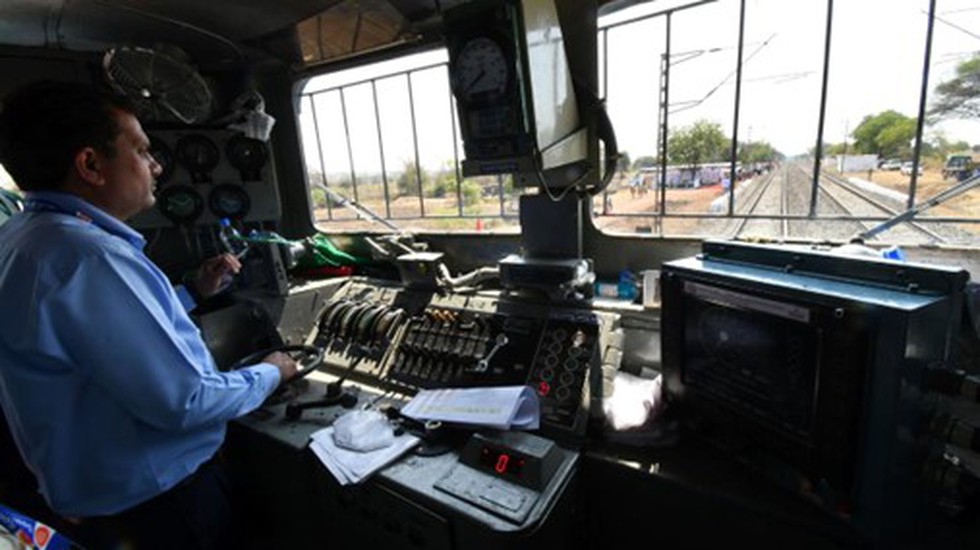
About KAVACH System:
- The KAVACH is an indigenously developed Automatic Train Protection (ATP) system by the Research Design and Standards Organisation (RDSO) in collaboration with the Indian industry.
- It is a state-of-the-art electronic system with Safety Integrity Level-4 (SIL-4) standards. It makes use of high frequency radio communication and operates on the principle of continuous update of movement to prevent collisions
- The salient features:
- It is meant to provide protection by preventing trains to pass the signal at Red (which marks danger) and avoid collision.
- It activates the train’s braking system automatically if the driver fails to control the train as per speed restrictions.
- It also providing support for train operations during adverse weather conditions such as dense fog.
- It works on the principle of continuous update of Movement authority.
- It actively uses the SOS to prevent any kind of mishap and accidents.
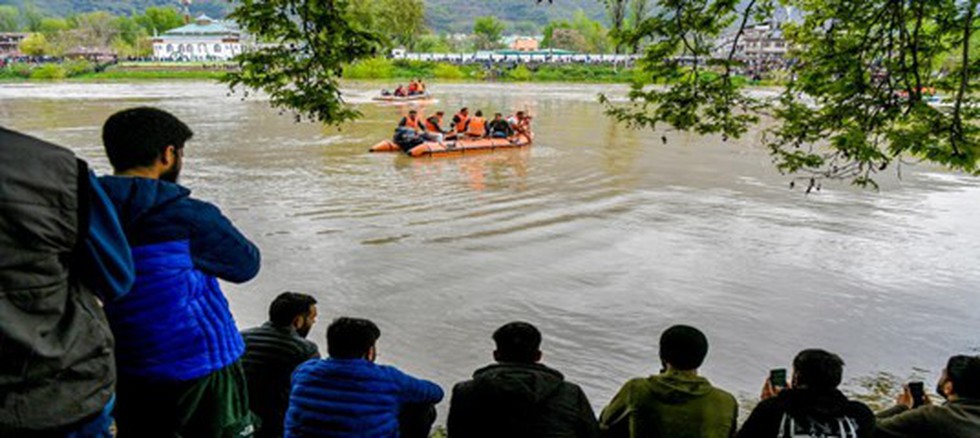
About Jhelum river:
- It is a tributary of the Indus River that flows in India and Pakistan. It is the main waterway of the Kashmir valley.
- It constitutes the westernmost of the five rivers of the Punjab region that merge with the Indus River in eastern Pakistan. Mangla Dam has been built on the river.
- Course:
- Origin: It rises from its chief source Verinag at the foothills of Pir Panjal ranges in Jammu and Kashmir.
- It then flows via Dal Lake, Srinagar and Wular Lake prior to entering Pakistan.
- The river makes a deep, narrow gorge on its way to Pakistan.
- It joins the Chenab River near Trimmu, Pakistan.
- Major Tributaries:
- The largest tributary of the Jhelum is the Kishenganga (Neelum) River, which joins near Muzaffarabad and enters the Punjab province, Pakistan.
- Other tributaries- Sandran River, Bringi River, Arapath River, Lidder River, Veshaw River, Rambiara River, Dudhganga River.
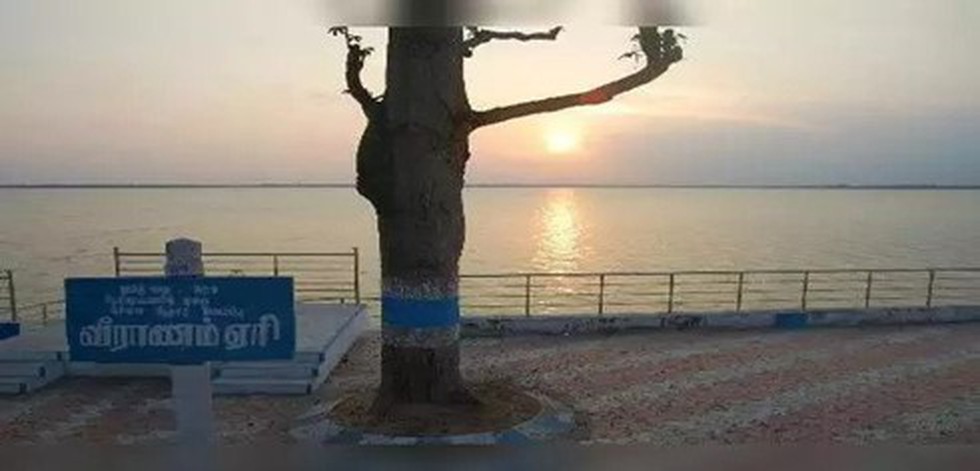
Why in the news:
- The water storage in Veeranam Lake was recorded at zero million cubic feet (mcft) in April 2024 according to data by the Chennai Metropolitan Water Supply and Sewerage Board (CMWSSB). Last year, on the same date the lake held 687.40 mcft of water, while its total capacity is 1,465 mcft.
About Veeranam Lake:
- Veeranam Lake serves as a crucial drinking water source for Chennai. It is located in Cuddalore district in Tamil Nadu. It was considered one of the longest man-made lakes in the world with a length of 14 km.
- History:
- It was built during the period of Greater Cholas between 907-955 AD, by the Chola Prince- Rajaditya Chola who was the son of Parantaka the 1st. He’d named this waterbody after his father’s title-Veeranarayanan.
- This lake was used as a reference, in the famous Historical novel Ponniyin Selvan, written by Kalki.
- The source of Veeranam is the river of Kollidam; which is the Northern distributary of the Cauvery River, where the Vadavaru River links both the Veeranam and Kollidam.
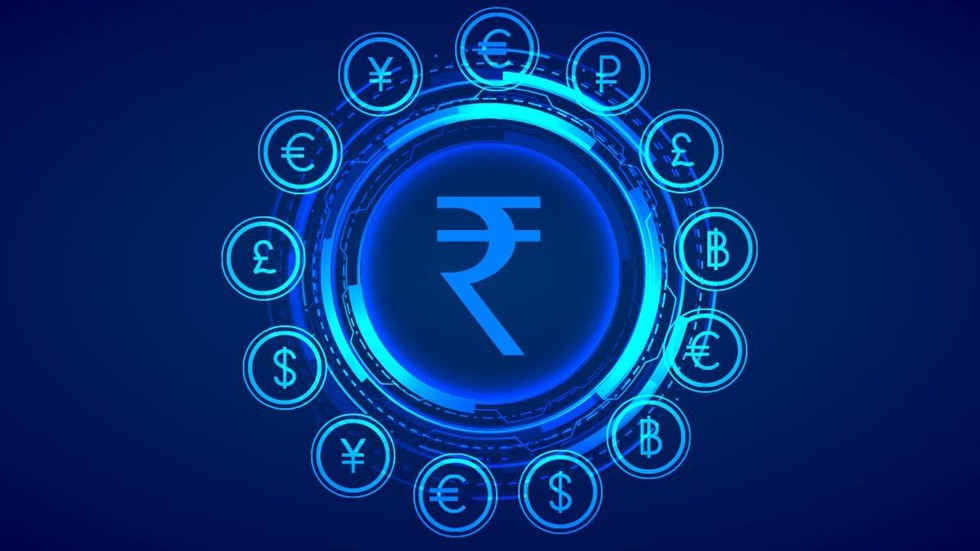
What is a Vostro Account?
- It is an account that domestic banks hold for foreign banks in the former’s domestic currency, in this case, the rupee.
- Domestic banks use it to provide international banking services to their clients who have global banking needs.
- It is an integral offshoot of correspondent banking that entails a bank (or an intermediary) to facilitate wire transfers, conduct business transactions, accept deposits and gather documents on behalf of the other bank.
- It helps domestic banks gain wider access to foreign financial markets and serve international clients without having to be physically present abroad.
About SRVA:
- The settlement of international trade through Indian Rupees (INR) is an additional arrangement to the existing system of settlement that uses freely convertible currencies and works as a complimentary system.
- Freely convertible currency is a currency which is permitted by the rules and regulations of the country concerned to be converted into major reserve currencies like the U.S. Dollar, Pound Sterling.
- This will reduce dependence on hard (freely convertible) currency.
- SRVA requires prior approval of RBI before opening, unlike Rupee Vostro account.
- How does SRVA arrangement function?
- The framework entails three important components, namely, invoicing, exchange rate and settlement.
- Invoicing entails that all exports and imports must be denominated and invoiced in INR.
- The exchange rate between the currencies of the trading partner countries would be market-determined.
- The final settlement also takes place in Indian National Rupee (INR).
- The authorised domestic dealer banks (those authorised to deal in foreign currencies) are required to open SRVA accounts for correspondent banks of the partner trading country.
- Domestic importers are required to make payment (in INR) into the SRVA account of the correspondent bank against the invoices for supply of goods or services from the overseas seller/supplier.
- Similarly, domestic exporters are to be paid the export proceeds (in INR) from the balances in the designated account of the correspondent bank of the partner country.
- All reporting of cross-border transactions are to be done in accordance with the extant guidelines under the Foreign Exchange Management Act (FEMA), 1999.
- The framework entails three important components, namely, invoicing, exchange rate and settlement.
- What are the eligibility criteria of banks?
- Banks from partner countries are required to approach an authorised domestic dealer bank for opening the SRVA.
- The domestic bank would then seek approval from the apex banking regulator, providing details of the arrangement.
- It would be the responsibility of the domestic banks to ensure that the correspondent bank is not from a country mentioned in the updated Financial Action Task Force (FATF) Public Statement on High-Risk and Non-Co-operative jurisdictions.
- Authorised banks can open multiple SRV accounts for different banks from the same country.
- Further, balances in the account can be repatriated in freely convertible currency and/or the currency of the beneficiary partner country, depending on the underlying transaction, that is, for which the account was credited.
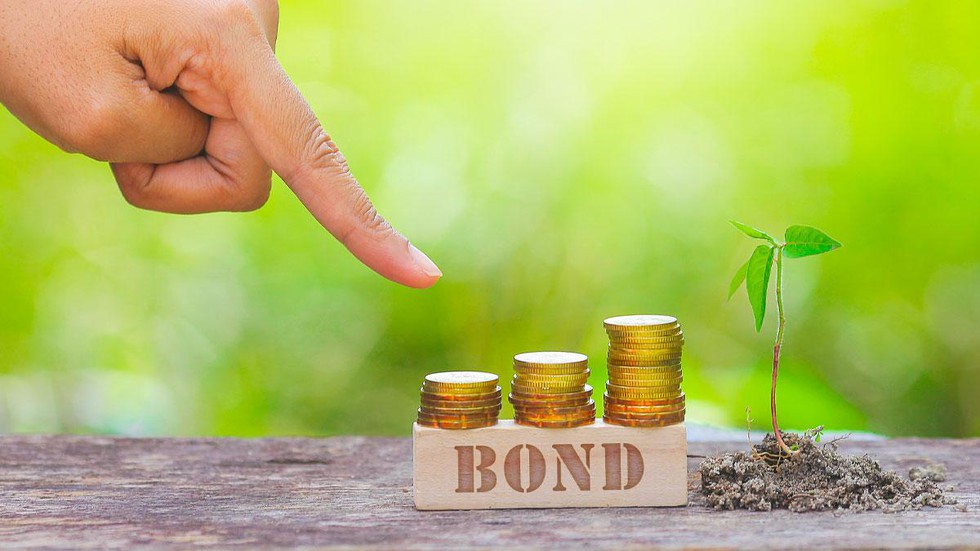
About Sovereign Green Bonds (SGrBs):
- A green bond is a debt security that is issued to raise capital to support climate-related or environmental projects, according to the World Bank. SGBs are issued by governments to raise resources for such projects.
- In India, the Union Budget 2022-23 announced the issue of SGrBs.
- What does the framework entail?
- The government’s framework is based on the International Capital Market Association’s (ICMA) listed principles for issuing green bonds, which has four components:
- Use of proceeds, project evaluation and selection, management of proceeds and reporting.
- The government’s framework is based on the International Capital Market Association’s (ICMA) listed principles for issuing green bonds, which has four components:
- The government said the bonds’ proceeds will be used for green projects that:
- Encourage energy efficiency
- Reduce carbon emissions and greenhouse gases
- Promote climate resilience and/or adaptation
- Improve natural ecosystems and biodiversity, especially in accordance with the principles of sustainable development goals
- The framework listed investments in solar, wind, biomass and hydro energy projects, and urban mass transportation projects such as metro rail, green buildings, pollution prevention and control projects.
- The government excluded projects such as fossil fuels, nuclear power generation and direct waste incineration.
- The eligible expenditure is limited to government spending that occurred not more than 12 months prior to issuance. The proceeds should be allocated to projects within 24 months of issuing the bonds.
- If an eligible green project is postponed or cancelled, it will be replaced by another eligible green project.
- How will green projects be evaluated and reported?
- The Ministry of Finance has constituted a Green Finance Working Committee composed of relevant ministries and chaired by the chief economic adviser.
- The ministries will submit their projects to the committee, which will meet at least twice a year to evaluate the proposals.
- Once the projects are evaluated, the final list will be given to the budget division of the finance ministry.
- The division will then issue the bonds through the RBI and use the proceeds to finance the selected projects.
- The government will release an annual report on the selection of green projects, the funds deployed, and their impact on the greening of the economy.
- It will also maintain a Green Register with details of the green bond issuance, the proceeds generated, allocations made, and information about the eligible projects.
- Apart from green bonds, the government will finance green projects from its tax receipts as well.
- How will green bonds be issued?
- The government will inform the RBI about the amount of eligible green expenditure and the funding required from green bonds.
- The bonds will be issued in maturities of five and ten years and can be traded like other government bonds.
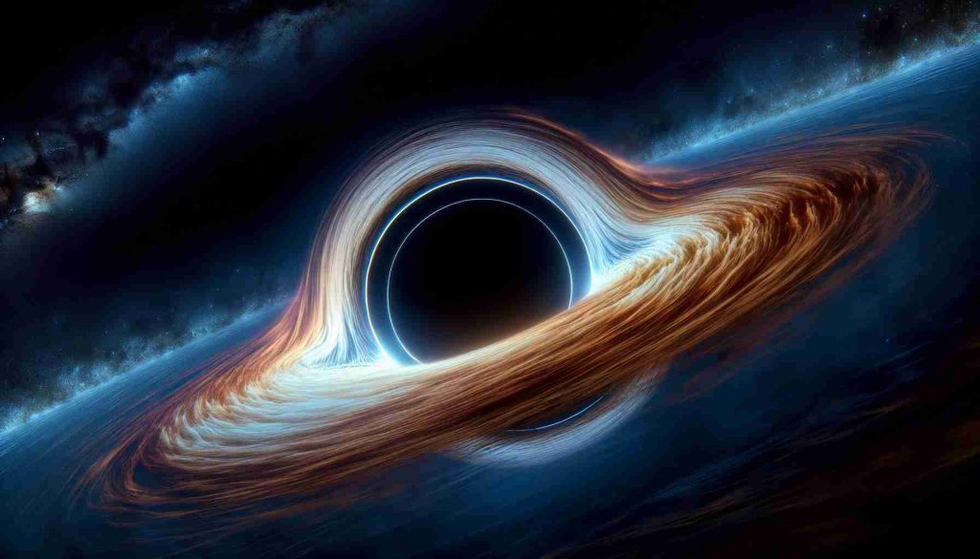
About Gaia-BH3:
- It is the most massive stellar black hole yet discovered in the Milky Way galaxy. It was spotted in data from the European Space Agency’s Gaia mission because it imposes an odd ‘wobbling’ motion on the companion star orbiting it.
- The researchers used the European Southern Observatory’s Very Large Telescope in Chile’s Atacama Desert and other ground-based observatories to confirm the mass of Gaia BH3.
- It has a mass that is nearly 33 times that of our sun, and it’s located 1,926 light-years away in the Aquila constellation, making it the second-closest known black hole to Earth.
- The closest black hole is Gaia BH1, which is located about 1,500 light-years away and has a mass that is nearly 10 times that of our sun.
- Most Massive Black Hole in Milky Way galaxy: The title for the most massive black hole in our galaxy will always belong to Sagittarius A*, the supermassive black hole located at the center of the Milky Way, which has about 4 million times the mass of the sun, but that is because it’s a supermassive black hole, rather than a stellar black hole.
Stellar black hole vs Supermassive black hole:
- Stellar-mass black holes are formed from the gravitational collapse of a single star or from the merger of two neutron stars. Therefore, they have masses similar to the masses of stars.
- More specifically, stellar-mass black holes have masses ranging from about 3 times the mass of our sun to about 50 times the mass of our sun.
- In contrast, supermassive black holes have a mass greater than about 50,000 times the mass of our sun and are typically millions to billions of times the mass of our sun.
- They are far too large to have formed from the gravitational collapse of a single star. However, scientists do not currently know how they form.
- Supermassive black holes are always found at the center of a galaxy and almost all galaxies have a supermassive black hole at its center. This seems to suggest that each supermassive black hole is formed as part of the formation of its galaxy.
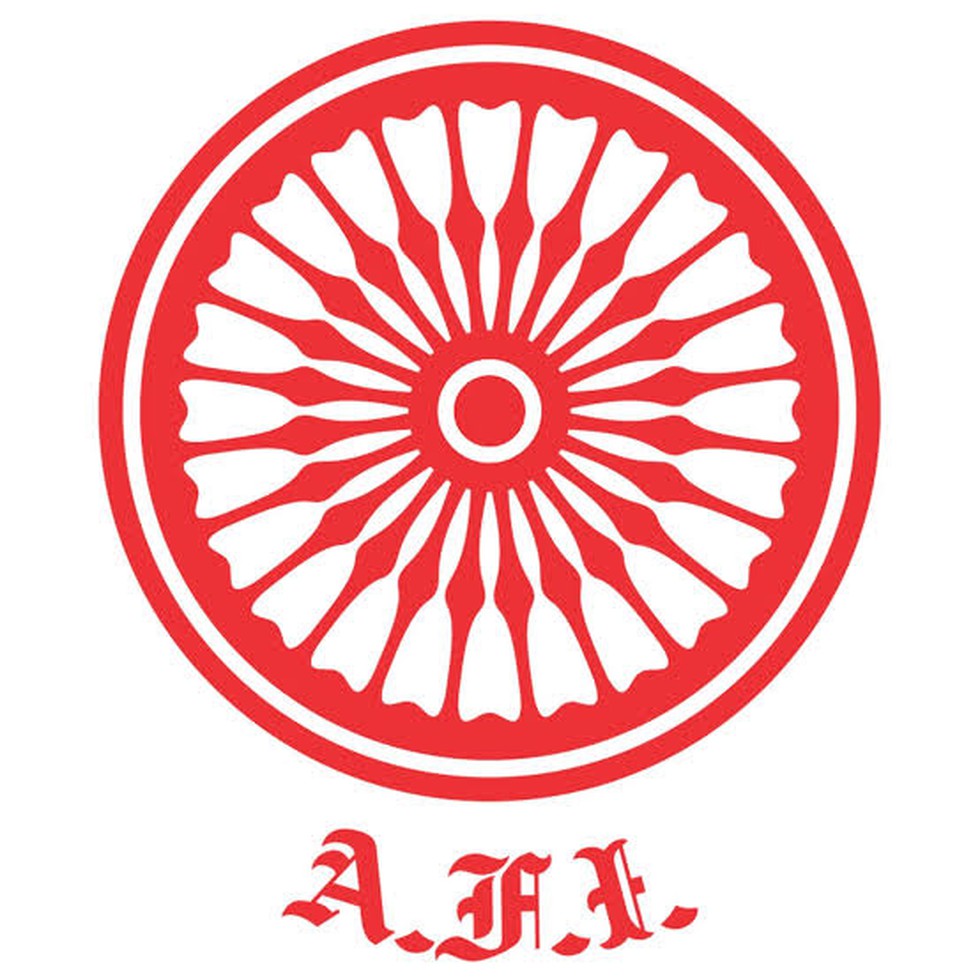
About Athletics Federation of India (AFI):
- It is the top governing body responsible for overseeing athletics in India. It is a non-governmental and non-profitable autonomous body.
- It is affiliated to the World Athletics, the Asian Athletics Association (AAA), and the Indian Olympic Association. It has as many as 32 affiliated state units.
- It came into existence in 1946 and the federation organises the National Championships, trains the Indian Athletics National Campers, selects the Indian Athletics Teams for various international competitions, including the Olympics, Asian Games, CWG, World Championships, Asian Championships, and other international meets, conducts the National Championships for various age categories.
- Besides, the AFI conducts international and national championships and various meets to promote the sport, popularise it amongst the masses and make athletics commercially attractive for the further growth of the athlete and the sport.
- The federation also supervises and assists its state units in their activities, plans and sets up special coaching camps, coaches training and takes initiatives for development programme and grass root promotion of athletics in India.
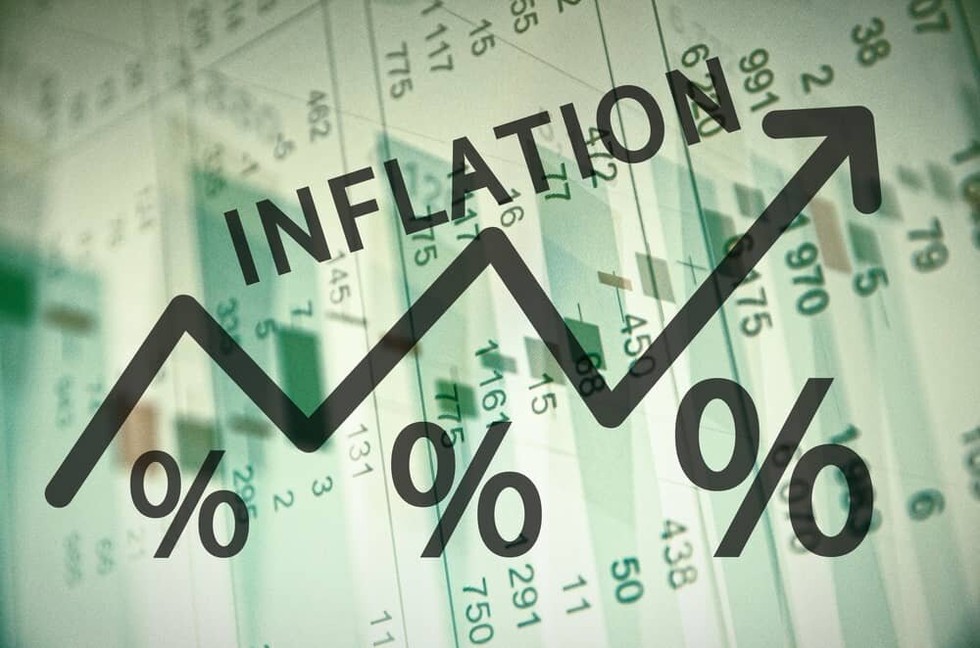
About Imported Inflation:
- It is a general and sustainable price increase due to an increase in the costs of imported products.
- This price increase concerns the price of raw materials and all imported products or services used by companies in a country. It is also referred to as cost inflation.
- Several factors cause imported inflation:
- Exchange Rates: The more the currency depreciates on the foreign exchange market, the higher the price of imports. Effectively, more money is needed to buy goods and services outside the country.
- Commodity Prices: When commodity prices rise globally, it directly impacts the cost of imports and can lead to higher inflation in the importing country.
- Trade Policies and Global Supply-Chains: Changes in trade policies, such as tariffs and quotas, can influence the cost of imported goods.
- Transportation Costs: Fluctuations in transportation costs, influenced by factors like fuel prices and logistical challenges, can affect the final cost of imported goods.
- Effect:
- With imported inflation, production costs are higher for companies. These companies most often reflect this increase in the selling price of the goods and services sold. As a result, prices within the country rise.
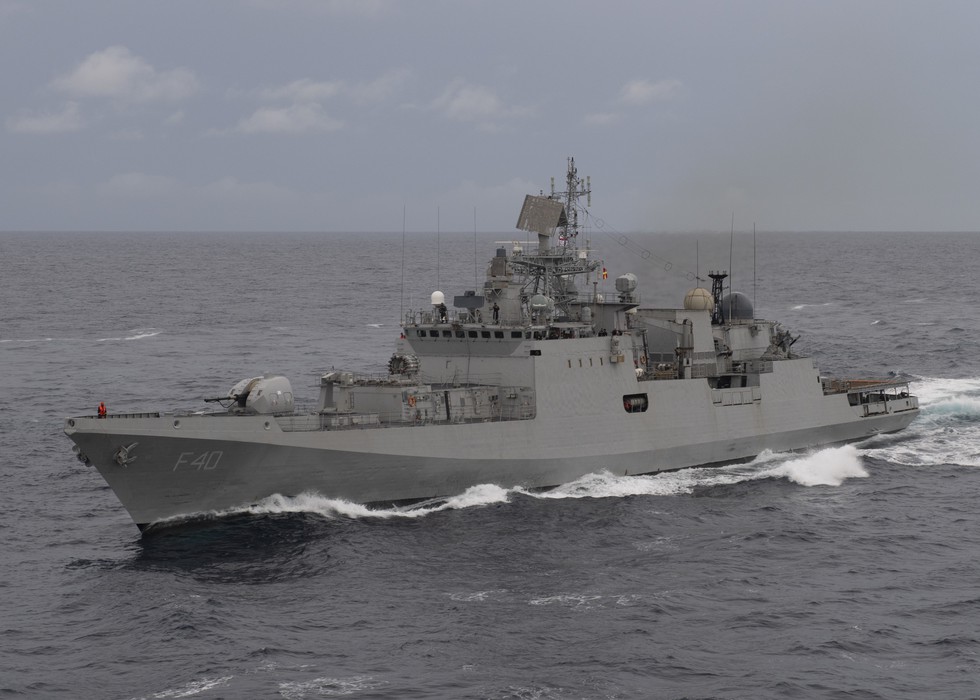
About Combined Maritime Forces (CMF):
- It is a multi-national naval partnership based in Bahrain which exists to promote security, stability and prosperity across international waters, which encompass some of the world’s most important shipping lanes.
- Its main focus areas are defeating terrorism, preventing piracy, encouraging regional cooperation and promoting a safe maritime environment.
- CMF counters violent extremism and terrorist networks in maritime areas of responsibility; works with regional and other partners to improve overall security and stability; helps strengthen regional nations’ maritime capabilities; and when requested, responds to environmental and humanitarian crises.
- It is comprised of five task forces:
- CTF 150 (Gulf of Oman Security and Counter-Terrorism)
- CTF 151 (counter-piracy)
- CTF 152 (Arabian Gulf Security and Cooperation)
- CTF 153 (Red Sea/Gulf of Aden security and cooperation)
- CTF 154 (maritime security training).
- Member Nations: Australia, Bahrain, Belgium, Brazil, Canada, Colombia, Denmark, Ecuador, Egypt, France, Germany, Greece, India, Iraq, Italy, Japan, Jordan, Kenya, Republic of Korea, Kuwait, Malaysia, the Netherlands, New Zealand, Norway, Pakistan, the Philippines, Poland, Portugal, Qatar, Saudi Arabia, Seychelles, Singapore, Spain, Thailand, Türkiye, UAE, United Kingdom, United States and Yemen.
- Participation is purely voluntary. No nation is asked to carry out any duty that it is unwilling to conduct. The member nations are not bound by either a political or military mandate.
- CMF is a flexible organisation. Contributions can vary from the provision of a liaison officer at CMF HQ in Bahrain to the supply of warships or support vessels in task forces, and maritime reconnaissance aircraft based on land.
- It can also call on warships not explicitly assigned to CMF to give associated support, which is assistance they can offer if they have the time and capacity to do so whilst undertaking national tasking.
- Headquarters are co-located with US Naval Central Command and US Navy Fifth Fleet at Naval Support Activity (NSA) Bahrain.
- Command:
- CMF is commanded by a U.S. Navy Vice Admiral
- CMF’s Deputy Commander is a United Kingdom Royal Navy Commodore
- Other senior staff roles at CMF’s headquarters are filled by personnel from member nations.
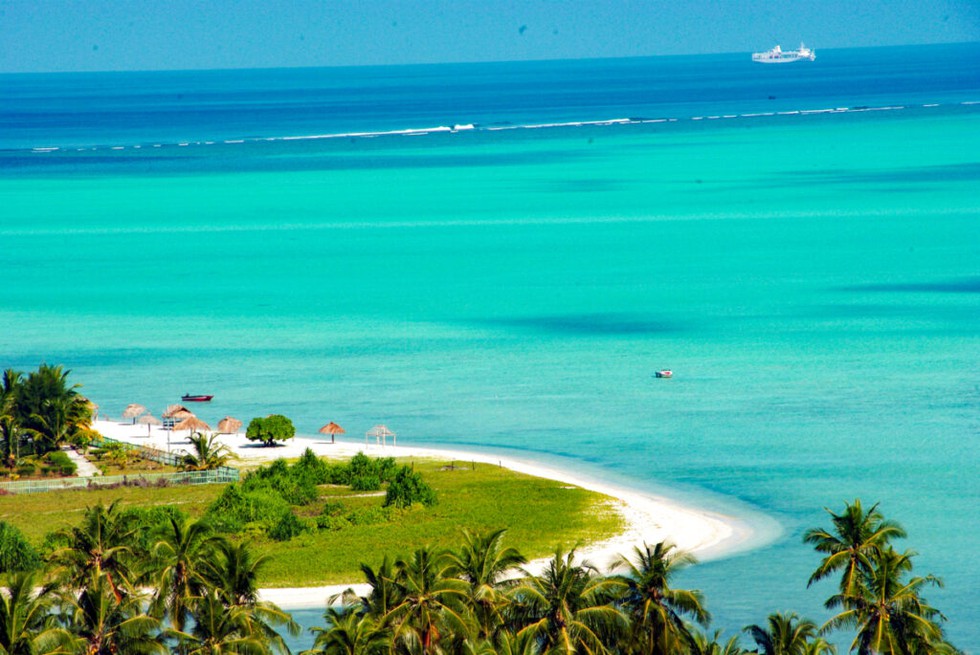
About Laccadive Sea:
- Also known as the Lakshadweep Sea, it is a body of water bordering India, the Maldives and Sri Lanka.
- Boundaries:
- To its south, the Lakshadweep Sea touches the Nine Degree Channel.
- To its west, it meets the larger Indian Ocean that it is also a part of.
- To the north, the Lakshadweep Sea meets the Arabian Sea (also part of the Indian Ocean), while to the northeast, it borders the Kerala state of India.
- Along the more southern eastern portion of the Lakshadweep Sea, it meets the Maldives islands and Sri Lanka.
- The Lakshadweep Sea is only half as deep as the average depth of the entire Indian Ocean. This warm sea has a stable water temperature throughout the year and is rich in marine life.
- Major cities: Major cities along its shores include Trivandrum and Kochi in India, Quilon and Colombo in Sri Lanka and Malé in the Maldives.


























































































































































.png)
.png)
.png)
.png)
.png)


.png)
.png)
.png)





.png)
.png)






.png)
.png)
.png)
.png)
.png)
.png)
.png)
.png)
.png)

.png)







.png)
.png)


.png)
.png)
.png)


.png)

.png)
.png)





.jpg)

.png)
.png)


.png)

.png)
.png)
.png)

.jpg)

.jpg)


.png)

.png)
.png)
.png)
.png)
.png)
.png)
.png)
.png)
.png)
.png)




.png)

.png)





.png)
.png)
.png)
.png)
.png)
.png)
.png)
.png)
.png)
.png)
.jpg)
.jpg)

.png)
.png)
.png)
.png)
.png)
.png)
.png)
.png)
.png)
.png)
.png)
.png)
.png)
.png)
.png)
.png)
.png)
.png)
.png)
.png)
.png)
.png)



.png)
.png)

.jpg)
.jpg)


.jpg)
.jpg)
.jpg)
.jpg)
.jpg)

.jpg)








.jpg)
.jpg)
.jpg)
.jpg)
.jpg)

















.jpg)
.jpg)







.jpg)


















.jpg)
.jpg)






























































































.jpg)
.jpg)


























.jpg)

.jpg)










.jpg)








.jpg)




.jpg)










.jpg)


















.jpg)












































.jpg)














.jpg)
.jpg)
.jpg)





.jpg)

.jpg)
.jpg)





































































.jpg)


































.jpg)
.jpg)
















































.jpg)












.jpg)


.jpg)




.jpg)
.jpg)
.jpg)

.jpg)
.jpg)
.jpg)
.jpg)

.jpg)
.jpg)
.jpg)

.jpg)
.jpg)
.jpg)
.jpg)
.jpg)
.jpg)
.jpg)
.jpg)

.jpg)


.jpg)
.jpg)
.jpg)
.jpg)
.jpg)
.jpg)
.jpg)
.jpg)
.jpg)
.jpg)











.jpg)
.jpg)





.jpg)
.jpg)
.jpg)
























.jpg)
























.jpg)









.jpg)
.jpg)







.jpg)
.jpg)









































.jpg)
.jpg)
.jpg)
.jpg)
.jpg)

.jpg)
.jpg)
.jpg)
.jpg)
.jpg)


.jpg)
.jpg)
.jpg)
.jpg)
.jpg)

.jpg)
.jpg)
.jpg)
.jpg)
.jpg)
.jpg)
.jpg)
.jpg)
.jpg)
.jpg)
.png)

.png)
.png)

.png)
.png)
.png)
.png)


.jpg)
.jpg)

.jpg)
.jpg)
.jpg)

.png)
.png)
.png)
.png)
.png)
.png)
.png)

.png)
.png)
.png)
.png)
.png)
.png)
.png)
.png)
.png)
.png)





































































-min.png)



.png)




.png)








































